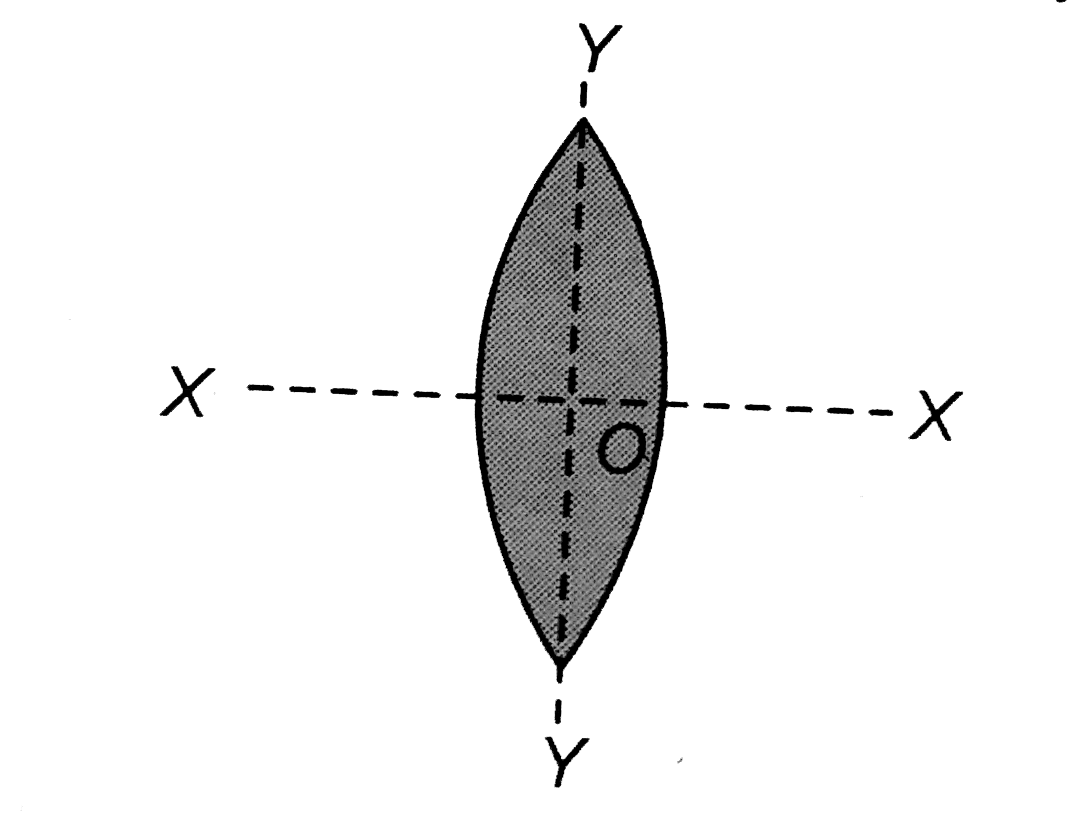Choose the correct statements from the following
Unisexual flower possess only one type of sporophylls
A complete flower may be bisexual or unisexual
A typical flower in dicots always possess one type of accessory floral leaves and two types of sporophylls
Bisexual flowers always possess heterochlamydeous perianth
The correct Answer is:A
To solve the question, we need to evaluate each statement regarding the morphology of flowering plants and determine which ones are correct.
1. Understanding Flower Structure:
- Flowers are the reproductive structures of angiosperms (flowering plants).
- They consist of four main whorls:
- Calyx (outermost, made of sepals)
- Corolla (next, made of petals)
- Androsium (male reproductive part, made of stamens)
- Gynosium (innermost, female reproductive part, made of carpels)
2. Evaluating Statement A:
- Statement A: "In a unisexual flower, there is only one type of sporophyll."
- Evaluation: This is correct. A unisexual flower has either only male (stamens) or only female (carpels) reproductive structures, thus having only one type of sporophyll.
3. Evaluating Statement B:
- Statement B: "A complete flower will be either bisexual or unisexual."
- Evaluation: This is incorrect. A complete flower (or perfect flower) must have both male and female reproductive structures (both stamens and carpels), making it bisexual.
4. Evaluating Statement C:
- Statement C: "In the case of dicots, in a typical flower, we will see that it has one type of accessory leaves and two types of sporophyll."
- Evaluation: This is also incorrect. A typical dicot flower has two types of accessory leaves (sepals and petals) and two types of sporophyll (stamens and carpels).
5. Evaluating Statement D:
- Statement D: "Bisexual flowers have heterochromidias perianth."
- Evaluation: This statement is incorrect. Heterochromidius refers to flowers that have distinct calyx and corolla, while perianth refers to a structure where sepals and petals are not differentiated. Therefore, these terms cannot be used interchangeably.
Conclusion:
- The only correct statement is Statement A: "In a unisexual flower, there is only one type of sporophyll."
- Flowers are the reproductive structures of angiosperms (flowering plants).
- They consist of four main whorls:
- Calyx (outermost, made of sepals)
- Corolla (next, made of petals)
- Androsium (male reproductive part, made of stamens)
- Gynosium (innermost, female reproductive part, made of carpels)
- Statement A: "In a unisexual flower, there is only one type of sporophyll."
- Evaluation: This is correct. A unisexual flower has either only male (stamens) or only female (carpels) reproductive structures, thus having only one type of sporophyll.
- Statement B: "A complete flower will be either bisexual or unisexual."
- Evaluation: This is incorrect. A complete flower (or perfect flower) must have both male and female reproductive structures (both stamens and carpels), making it bisexual.
- Statement C: "In the case of dicots, in a typical flower, we will see that it has one type of accessory leaves and two types of sporophyll."
- Evaluation: This is also incorrect. A typical dicot flower has two types of accessory leaves (sepals and petals) and two types of sporophyll (stamens and carpels).
- Statement D: "Bisexual flowers have heterochromidias perianth."
- Evaluation: This statement is incorrect. Heterochromidius refers to flowers that have distinct calyx and corolla, while perianth refers to a structure where sepals and petals are not differentiated. Therefore, these terms cannot be used interchangeably.
- The only correct statement is Statement A: "In a unisexual flower, there is only one type of sporophyll."
Similar Questions
Knowledge Check
- Question 1 - Select One
An equiconvex lens is cut into two halves along (i)XOX′ and (ii)YOY′ as shown in the figure. Let f,f′f'' be the focal lengths of the complete lens, of each half in case (i), and of each half in case (ii), respectively
Choose the correct statement from the following
 Af′=2f,f''=fBf′=f,f''=fCf′=2f,f''=2fDf′=f,f''=2f
Af′=2f,f''=fBf′=f,f''=fCf′=2f,f''=2fDf′=f,f''=2f - Question 2 - Select One
Choose the correct statement from the following.
ADistance between earth and nearest star is of order in parsec.BThousand millimetre make one metre.Ctonne is equal to 10 gDAll of the above - Question 3 - Select One
Choose the correct statement from the following:
ADistance between earth and nearest star is of order in parsec.BThousand millimetre make one metre.Ctonne is equal to 10 gDAll of the above
Choose the correct statement from the following-
View SolutionChoose the correct statement from the following:
View SolutionChoose the correct statement from the following :
View SolutionChoose the correct statement from the following.
View SolutionChoose the correct statement from the following.
View Solution

